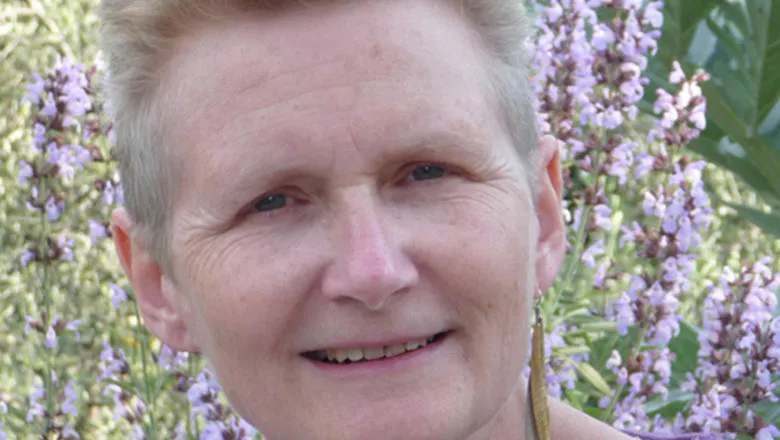20 December 2017
Revealing commonalities between central and peripheral nervous system progenitors
The nervous system is arguably the most complex organ of the vertebrate body. The eye, ear and olfactory epithelium are part of the peripheral nervous system and provide visual, sound and smell information to the brain.

As part of the central nervous system the brain integrates this information to build up a picture of our environment and to guide appropriate behaviour and body function. During development, the brain and the sense organs arise from different parts of the embryo, the neural tube and the non-neural, placodal ectoderm, respectively. Subsequently, they differentiate along different pathways to give rise to complex structures that contain many different cell types with specialised functions.
In their paper published in PNAS, Andrea Streit and her team in the Centre for Craniofacial & Regenerative Biology at King's College London, together with their collaborators at UCL, Prof. Claudio Stern’s group, discovered a surprising similarity between progenitors for the central and peripheral nervous system. During development, many cell fate decisions are controlled by inductive interactions: instructive signals from one tissue cause a change of cell identity in responding cells. The neural plate, which later forms the central nervous system, and the placodes, which contribute to the sense organs, are induced by signals from two quite different tissues. Comparing the response to these tissues, the team showed that both inducers initially elicit a very similar response and only later diverge. Using a variety of approaches they characterised an initial, “common state”, with a characteristic transcriptional signature. This signature shows similarity to embryonic stem cells, suggesting that the induction of the central and peripheral nervous system may begin with a ‘reprogramming’ step. Interestingly, when the central and peripheral nervous system have already begun to diverge, cells that reside at the border between them share many features of the initial common state. This finding suggests that even at later stages in development the ‘border cells’ retain properties of a ground state including the ability to differentiate into different lineages.
"Neural induction by the node and placode induction by head mesoderm share an initial state resembling neural plate border and ES cells" by Andrea Streit et al was published in PNAS on December 18, 2017. To view the article visit: http://www.pnas.org/content/early/2017/12/18/1719674115.abstract
